
A drought in the Southeast in 2011 gave cotton growers and consumers a preview of what could become a more common scenario for the main ingredient of our most comfortable clothes.

September 16, 2016

A drought in the Southeast in 2011 gave cotton growers and consumers a preview of what could become a more common scenario for the main ingredient of our most comfortable clothes.
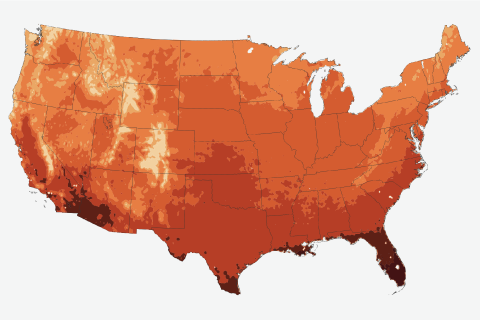
Warmer winters or hotter summers: which will have greater influence on U.S. energy demands this century?
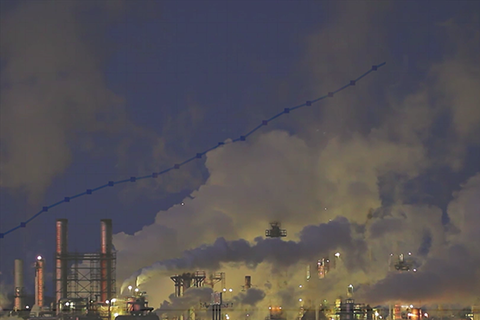
Since 2004, researchers in NOAA’s Global Monitoring Division have released the Annual Greenhouse Gas Index: a single value that compares the total warming effect of each year's concentrations of heat-trapping gases to 1990 levels.
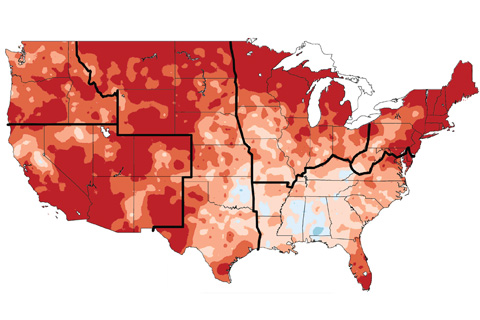
It’s only when we “zoom out” to the planet-wide scale that trends in surface temperature are obvious: despite a few, rare areas experiencing cooling, the vast majority of places across the globe are warming.

Ron Stouffer and Gabriel Vecchi of NOAA’s Geophysical Fluid Dynamics Laboratory in Princeton, N.J., share their experiences working on one of the most comprehensive scientific documents in history.

August 27, 2013
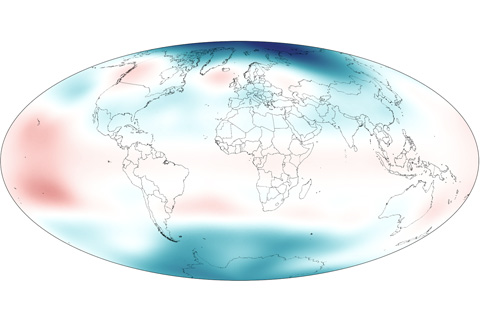
In early 2011, stratospheric temperatures rose over the tropics due to La Nina while temperatures over the poles fell below the long-term average.
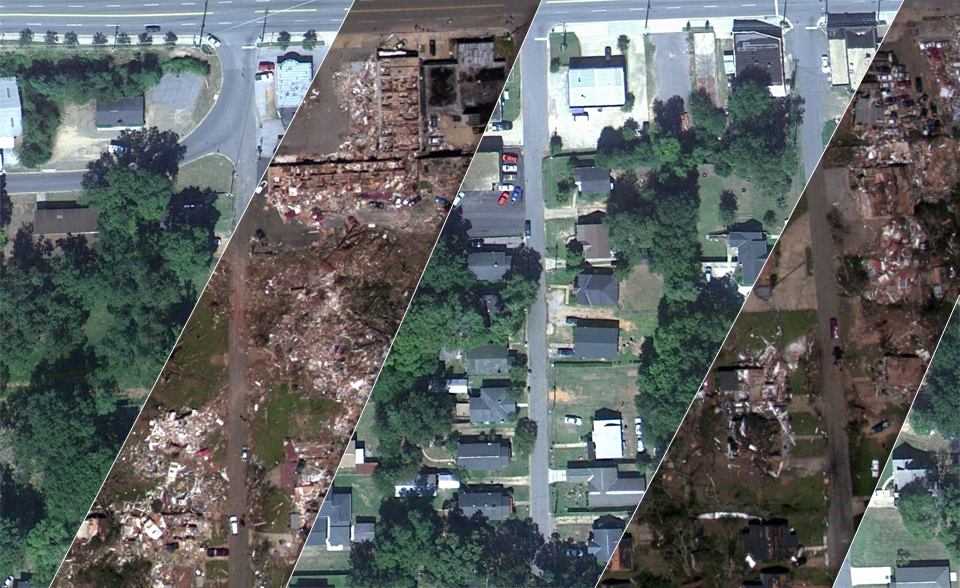
The tornado outbreak across the southern United States in late April 2011 was deadly, devastating, and record breaking. NOAA's "CSI" team is investigating the possible connections between global warming, natural climate patterns, and tornadoes.
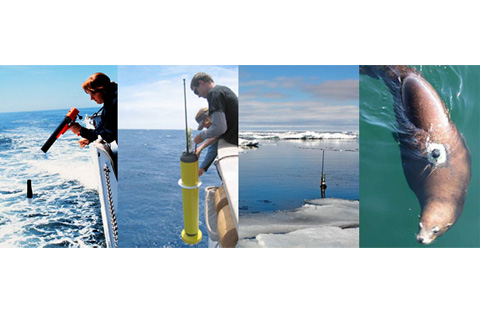
More than 90 percent of the warming that has happened on Earth over the past 50 years has occurred in the ocean. Not all of that heating is detectable yet at the surface